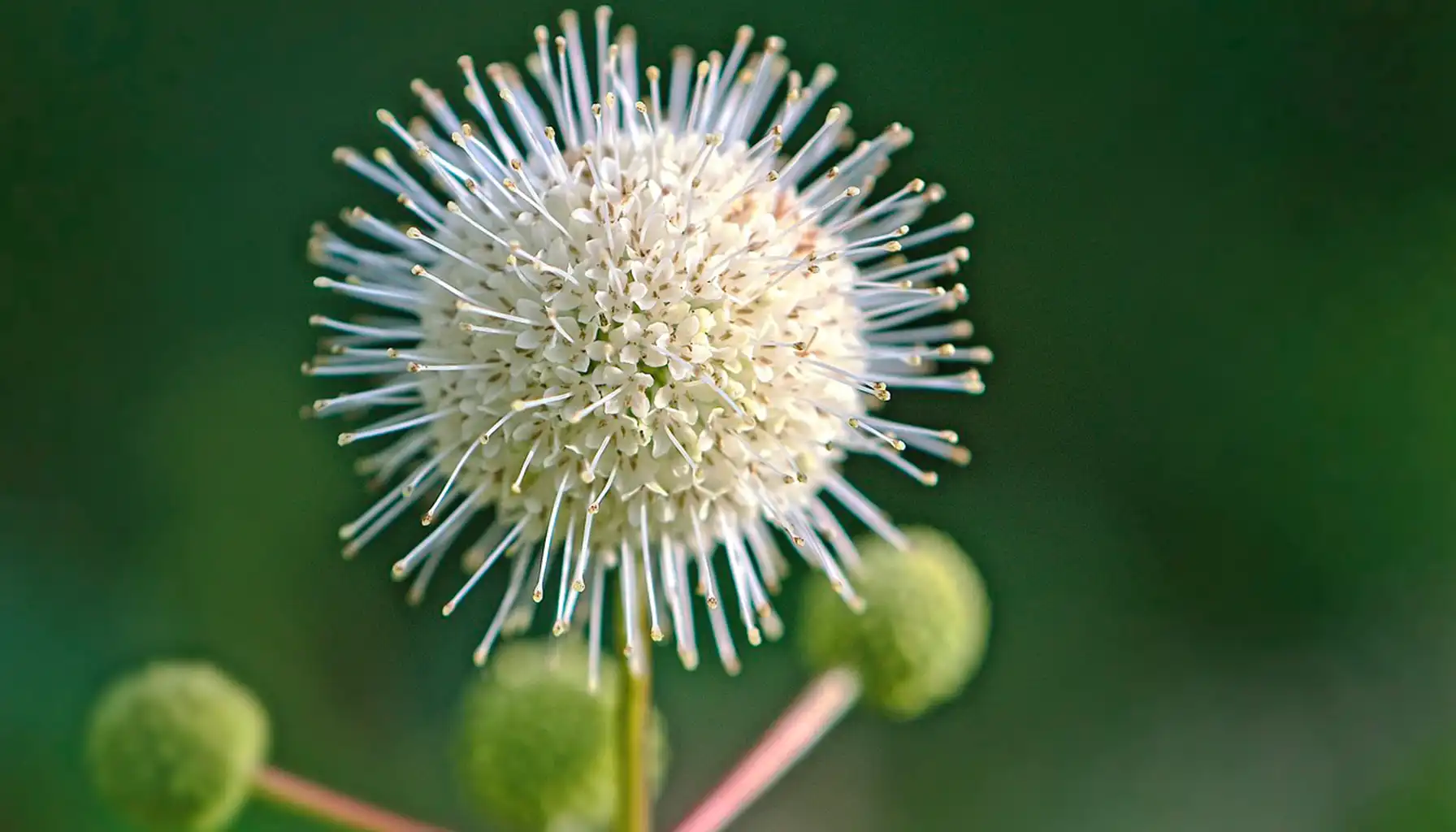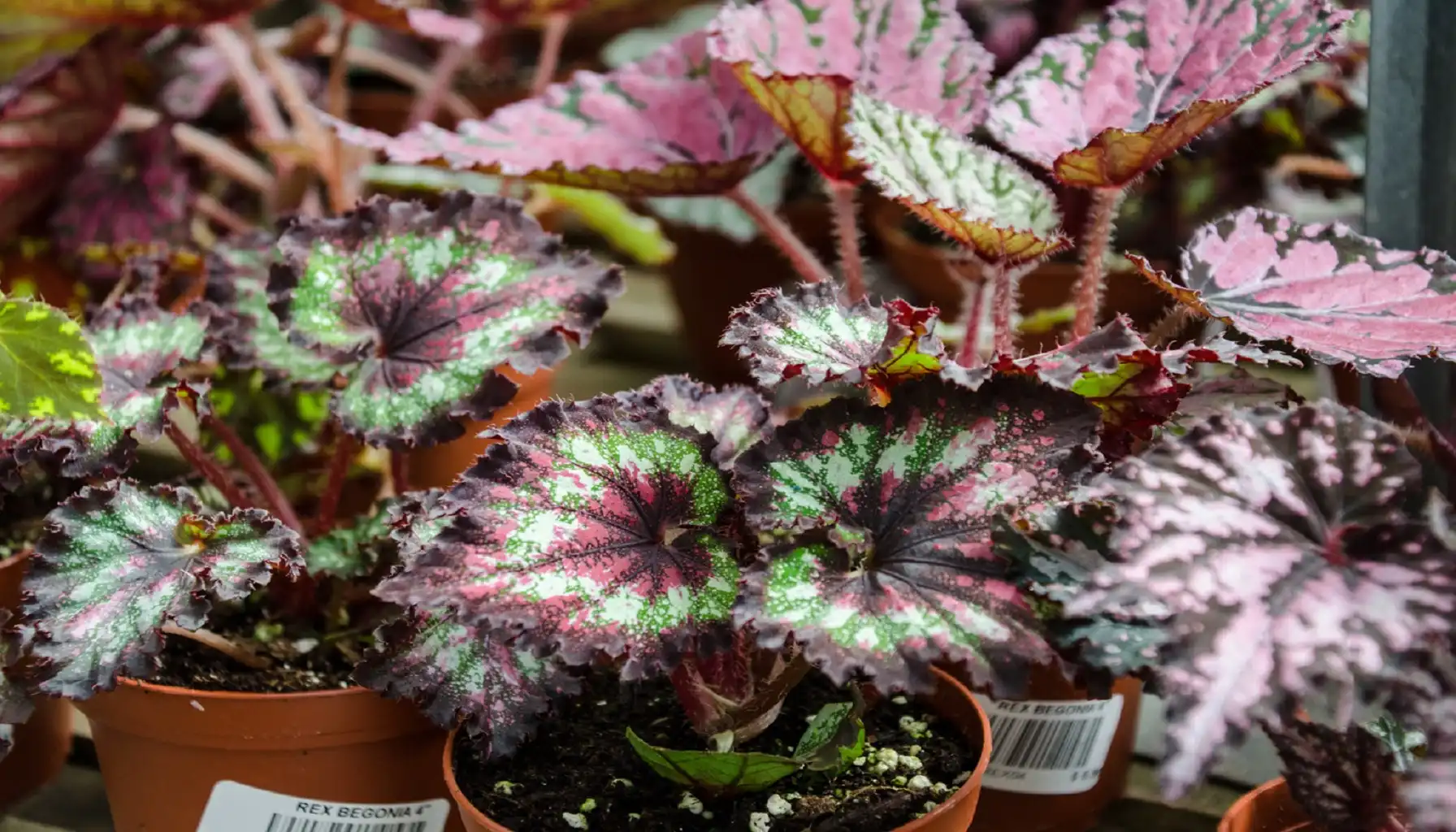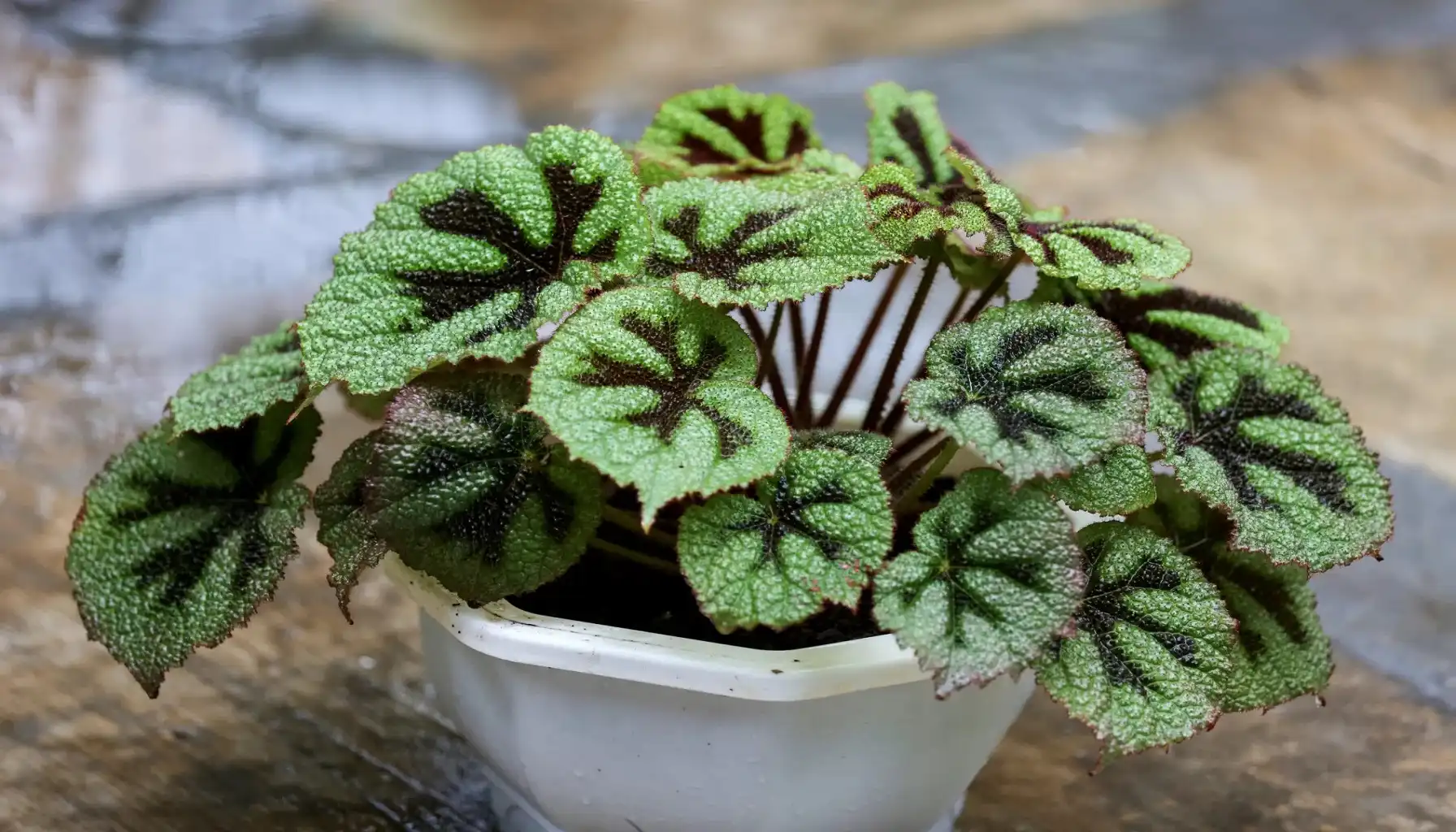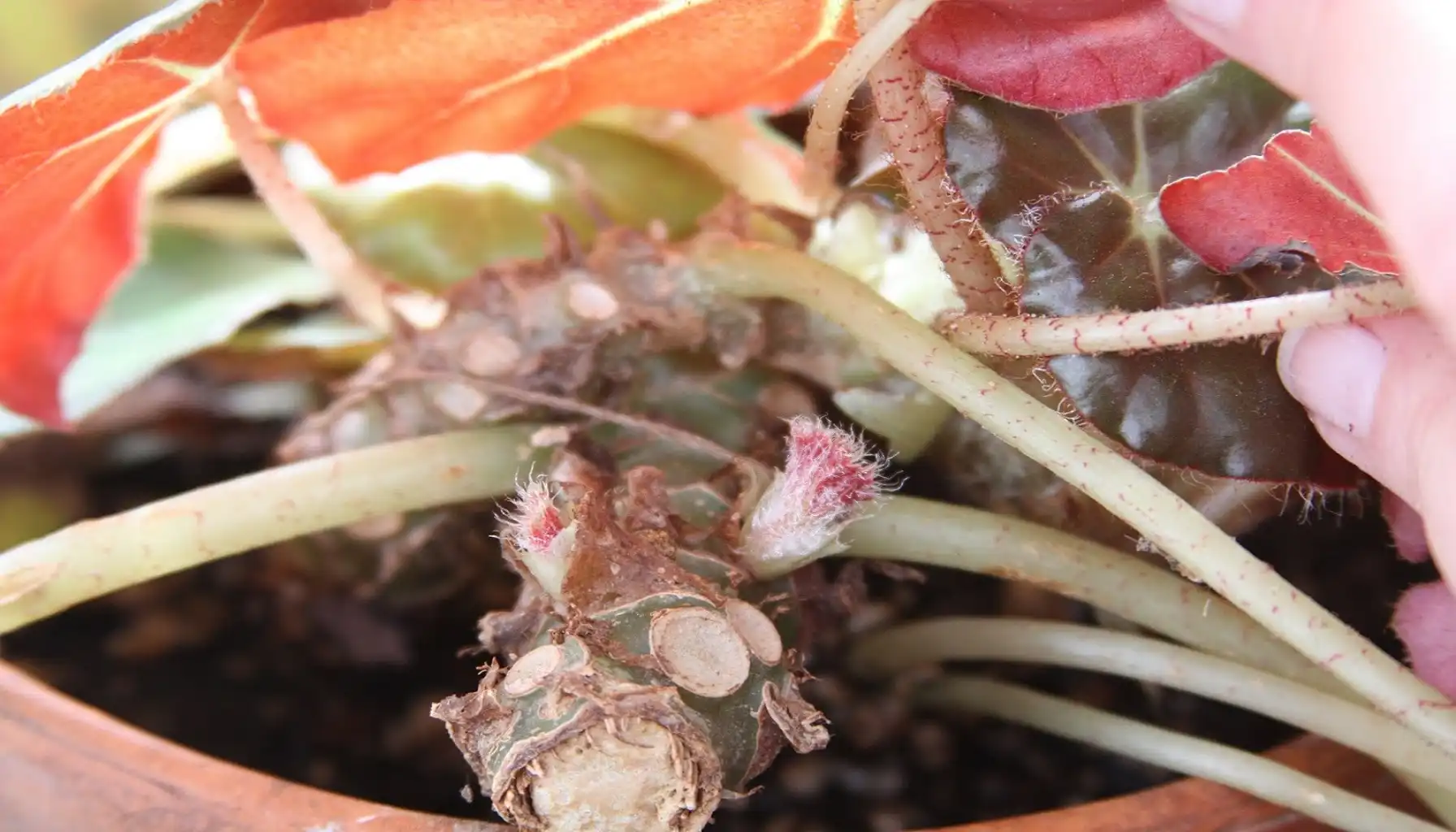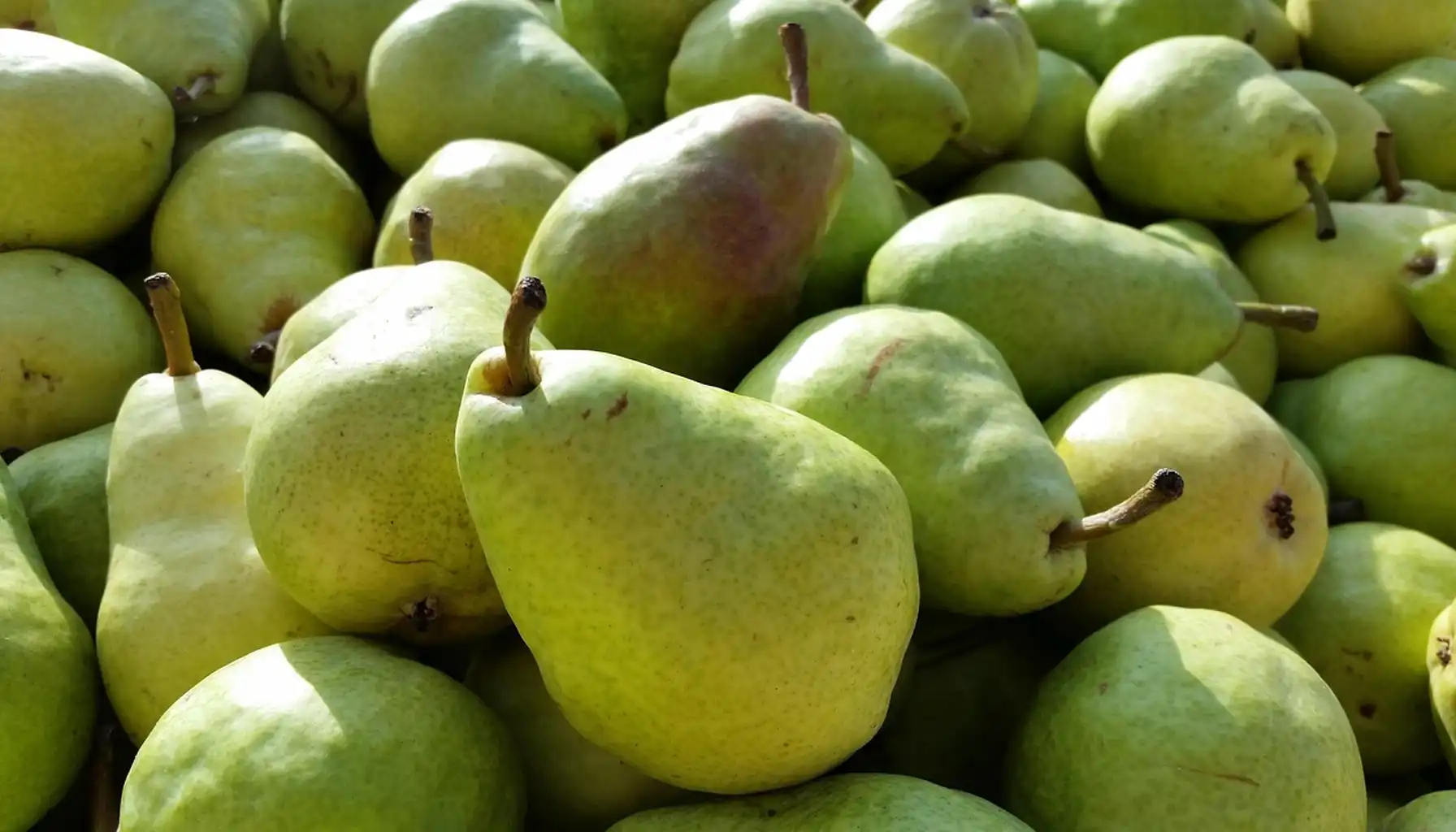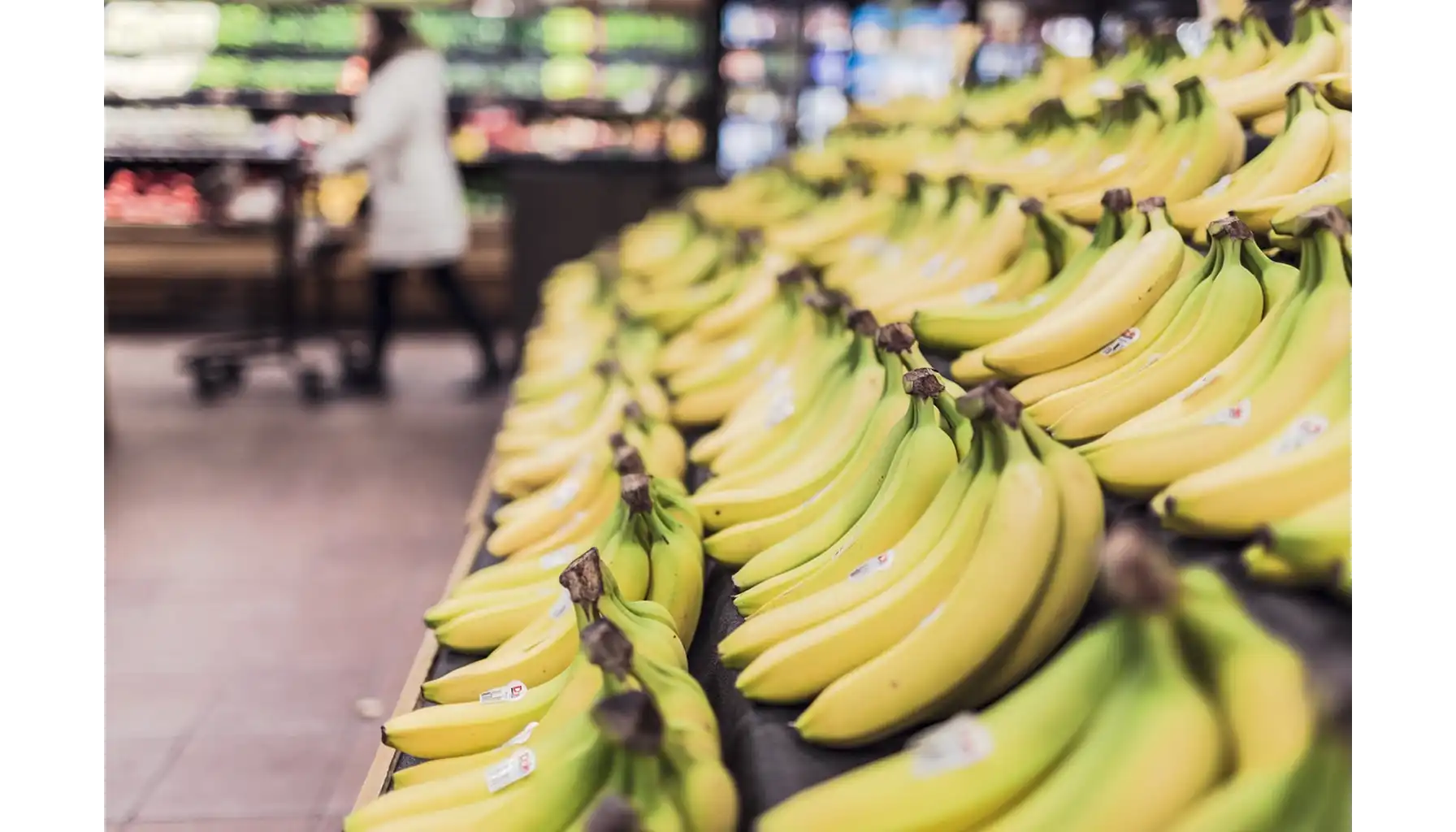Delicate blooms, vibrant colors, and the size that may fit into any space, be it an indoor setting or an open-air yard. This is all about the butterfly begonia plant, i.e., one of the most widely loved plants that has taken over the markets all over the world.
There exist numerous varieties of the same floral creation that can complement any environment. But how? Let us together explore the main features of the begonia butterfly plant, check its gardening potential, and finally employ a plant snap tool to define the best conditions for a simple plant to grow.
What Are Begonias? Varieties Explained
Generally speaking, begonias refer to a large genus of more than 2,100 known flowering plants and hybrids native to tropical and subtropical regions of Central and South America, Africa, and Asia. Their initial global prevalence, powered by a cute appearance and peculiar structure (e.g., upright, mounding, trailing, or cane-like), worked miracles: they quickly entered every garden as ornamental houseplants or creations found in raised beds/by the paths as decorative bluestone perennials, too.
Any floral creation cannot be celebrated without its prominent researchers! The name Begonia is actually related to Michel Bégon, a 17th-century French administrator and plant enthusiast who served as the Governor of French Canada and was a passionate supporter of botanical exploration. In particular, the entire genus was named in his honor by the botanist Charles Plumier, who discovered begonias during his plant-collecting expeditions in the Caribbean.
But what about its major varieties?
Type | Growth Habit | Features | Propagation | Flowers | Special Notes |
Wax Begonias | Compact, bushy | Waxy leaves; continuous, small blooms | Seeds, cuttings | Small, abundant | Grown as annuals; sun-tolerant |
Tuberous Begonias | Upright or trailing | Large, showy flowers; dramatic form | Tubers, cuttings | Large, colorful | Dormant in winter; protect from frost |
Cane Begonias | Tall, upright (cane-like) | Bamboo-like stems, dotted foliage | Stem cuttings | Medium, clustered | Includes Angel Wing types |
Angel Wing Begonia | Upright, cane-like | Wing-shaped spotted leaves; clusters of flowers | Stem cuttings | Pink, red, white clusters | Subtype of Cane begonias; may need staking |
Rhizomatous Begonias | Low, spreading | Grows from rhizomes; showy, textured foliage | Rhizome division | Small, above leaves | Includes Rex and specialty foliage types |
Rex Begonias | Compact, mounded | Colorful, patterned leaves; rarely flowers | Leaf cuttings, rhizomes | Rare | Needs high humidity; avoid overwatering |
Moonlight Butterfly | Compact, low-spreading | Iridescent silver leaves, dark veining | Leaf cuttings, rhizomes | Rare | Rex hybrid; often mislabeled in trade |
Hardy Begonias | Upright, spreading | Cold-tolerant; blooms in late summer | Tuber division | Soft pink or white | Begonia grandis can survive mild winters |
*As a rule, the begonia Moonlight Butterfly plant is considered the most widely grown type of all the above-mentioned varieties. However, we always recommend that you explore every opportunity found on the market!
Ideal Growing Conditions
Do not underestimate the needs of those plants that may boast beautiful foliage – they do require special care, thanks to which they grow magnificently. Be the begonia an indoor plant or an outdoor species, it is vital to follow partially the same rules in order to keep it safe and thriving.
Light | Temperature | Soil |
Partial shade is the best choice (especially outdoors, which is inevitable). Indoors, place them in bright, indirect light (such as near an east- or north-facing window). Too much direct sun can scorch leaves, especially for varieties with delicate or dark foliage like Rex or Moonlight Butterfly. Cane begonias (e.g., Angel Wing) can tolerate more light and may even bloom better with filtered sun.
| These are tender creations that totally dislike cold. Ideal daytime temperature: 18 to 24°C (65 to 75°F) Nighttime minimum: 13°C (55°F); growth slows below this. Frost-sensitive: Always move indoor varieties away from cold drafts and protect outdoor begonias from chill or frost.
| Require moist, well-draining soil rich in organic matter. Use peat-free multipurpose compost or a mix of:
Compost + perlite or coarse sand for drainage For tuberous Bs: light sandy soil for starting tubers For Rex and Moonlight Butterfly: John Innes No. 2 or loam-based compost |
Related article: Soil Control: The Importance of pH Adjustment in Agriculture
Watering & Feeding
W. H. Auden once said: "Thousands have lived without love, not one without water." And it is absolutely true. So as to keep your indoor begonia plants alive, let us review their essentials that must not be neglected.
Watering
Keep the soil consistently moist.
Avoid wetting the leaves — water at the base only (especially important for varieties prone to powdery mildew and rot, such as Rex and Tuberous begonias).
Let the top inch of soil dry out between waterings.
When it is hotter than usual, you are free to water more frequently, but always check soil moisture first.
Reduce watering in winter when the plant enters dormancy.
Feeding
Begin fertilizing 4 to 6 weeks after repotting.
Use a balanced liquid fertilizer or one high in potassium (like tomato feed) to support blooming and foliage health.
Apply fertilizer once every 7 to 14 days during the active growing season (spring to early autumn).
Remember that Rex & Moonlight Butterfly Begonia plants prefer diluted feeds, while Angel Wing benefits from regular feeding to support flowering.
See also: How Often Should You Water Your Plants? A Seasonal Guide
Propagation Methods
When it comes to propagation, one should select the most appropriate method, since this species is as versatile in terms of distribution as possible. How to plant begonia bulbs, and is it even possible?
Stem Cuttings
Best for: Angel Wing, Cane Begonias
Take a healthy 10 to 15 cm (4 to 6 in) stem with at least one node.
Remove lower leaves and place in water or moist potting mix.
Keep in bright, indirect light and maintain humidity.
As a rule, roots develop in 2 to 4 weeks.
Leaf Cuttings
Best for: Rex, Moonlight Butterfly, other Rhizomatous varieties
Select a healthy, mature leaf with a thick petiole.
Cover with plastic or place in a propagator for high humidity.
New plantlets will sprout from the veins in 4 to 6 weeks.
Rhizome Division
Best for: Rhizomatous and Rex Begonias
Gently lift the plant and cut the rhizome (horizontal stem) into sections, each with at least one leaf or bud.
Replant sections in fresh soil.
Water lightly and keep warm and humid until new growth appears.
Tuber Division
Best for: Tuberous Begonias
In late winter or early spring, cut large tubers into sections for each piece to have at least one eye (growing point).
Let the cuts dry for a day to avoid rot, then plant in shallow trays with the hollow side up.
Start indoors at 18°C (64°F) and transplant once growth appears and frost risk has passed.
By the way, are begonias grown from bulbs? Not exactly. They do not grow from true bulbs but tubers only. Mind the difference: bulbs (like tulips or onions) are made up of layers and have a central shoot, while tubers are solid, swollen stems that store nutrients and have "eyes" or buds from which new growth emerges.
Warning: It Is Toxic
Beauty is misleading: it may hide dangers that are not visible at first. The same can be said about the scarlet begonia plant. Their lush leaves and flowers are charming without a doubt, but many varieties are considered toxic plants to pets and mildly irritating to humans anyway.
In particular, these floral creations contain insoluble oxalates, especially concentrated in the roots and tubers (the most toxic part). When ingested, pets may experience oral irritation, excessive drooling, vomiting, difficulty swallowing, and the like. Consequences might be fatal, which is why it is important to contact your vet immediately if you suspect your pet has chewed on or eaten any part of a begonia.
To make your garden a safe space, one is encouraged to employ additional tools like AI Plant Finder, which is to serve as a personal botanic assistant and may help anyone instantly identify potentially toxic species with one picture only. The app can also provide care tips, facilitate garden management, calculate volumes of water to be provided, and even more.
This is how you keep it pet-friendly and free from dangers. Stay safe!
AI Plant Finder Related Posts:
